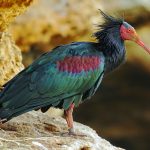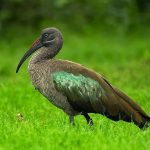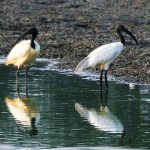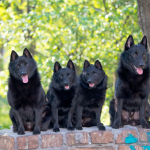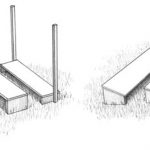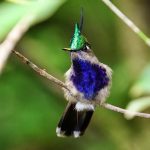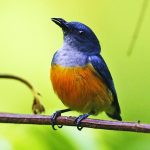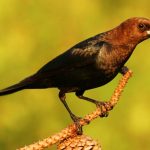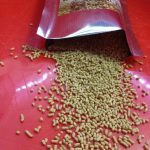Australian white ibis
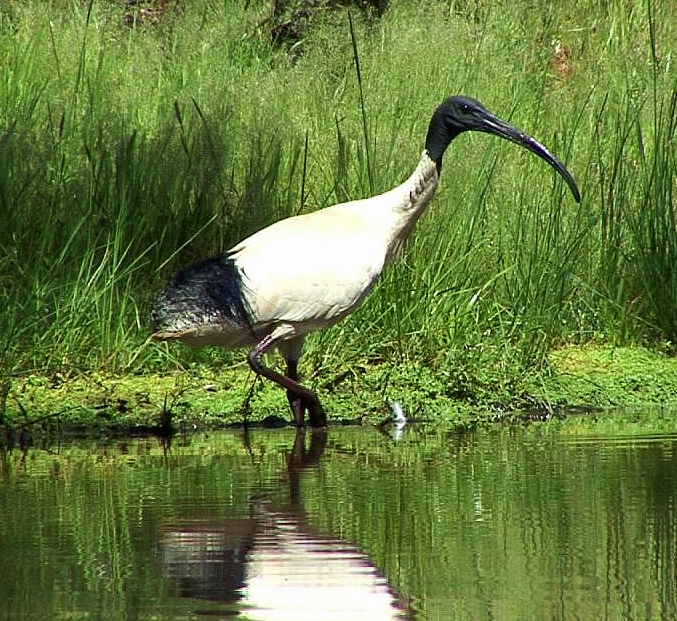
 |
| Photo by Josep del Hoyo (Internet Bird Collection) |
Common name:
Australian white ibis (en); íbis-branco-australiano (pt); ibis à cou noir (fr); ibis blanco australiano (es); Molukkenibis (de)
Taxonomy:
Order Ciconiiformes
Family Threskiornithidae
Range:
This species is found in eastern and northern Australia, and to a lesser extent also in south-western Australia. The Australian white ibis is also found in the Solomon islands, in New Guinea, in the Moluccas and in the Lesser Sundas.
Size:
These birds are 65-75 cm long and have a wingspan of 112-124 cm. The males are larger than the females, weighing 1,7-2,5 kg while the females weigh 1,4-19 kg.
Habitat:
The Australian white ibis is mostly found in swamps, lagoons and floodplains, but also in wet grasslands, mangroves, estuaries, agricultural areas and in recent decades it has also became a successful inhabitant of urban parks and gardens.
Diet:
They feed on aquatic and terrestrial invertebrates, such as crayfish, mussels and insects, as well as fishes, frogs and also human scraps.
Breeding:
Australian white ibises breed in August-May. They nest in large colonies, often together with
often with the straw-necked ibis Threskiornis spinicollis, as well as egrets, herons, spoonbills and cormorants. The nest is a shallow dish-shaped platform of sticks, grasses or reeds, located in a tree near a body of water such as river, swamp or lake. the female lays 1-3 dull white eggs, which are incubated for 21-23 days. The chicks fledge 6-7 weeks after hatching. Each pair can raise 1-2 broods per season.
Conservation:
IUCN status – LC (Least Concern)
This species has a large breeding range and is described as common. The overall population trend is fluctuating, although some populations are stable and others have unknown trends.
